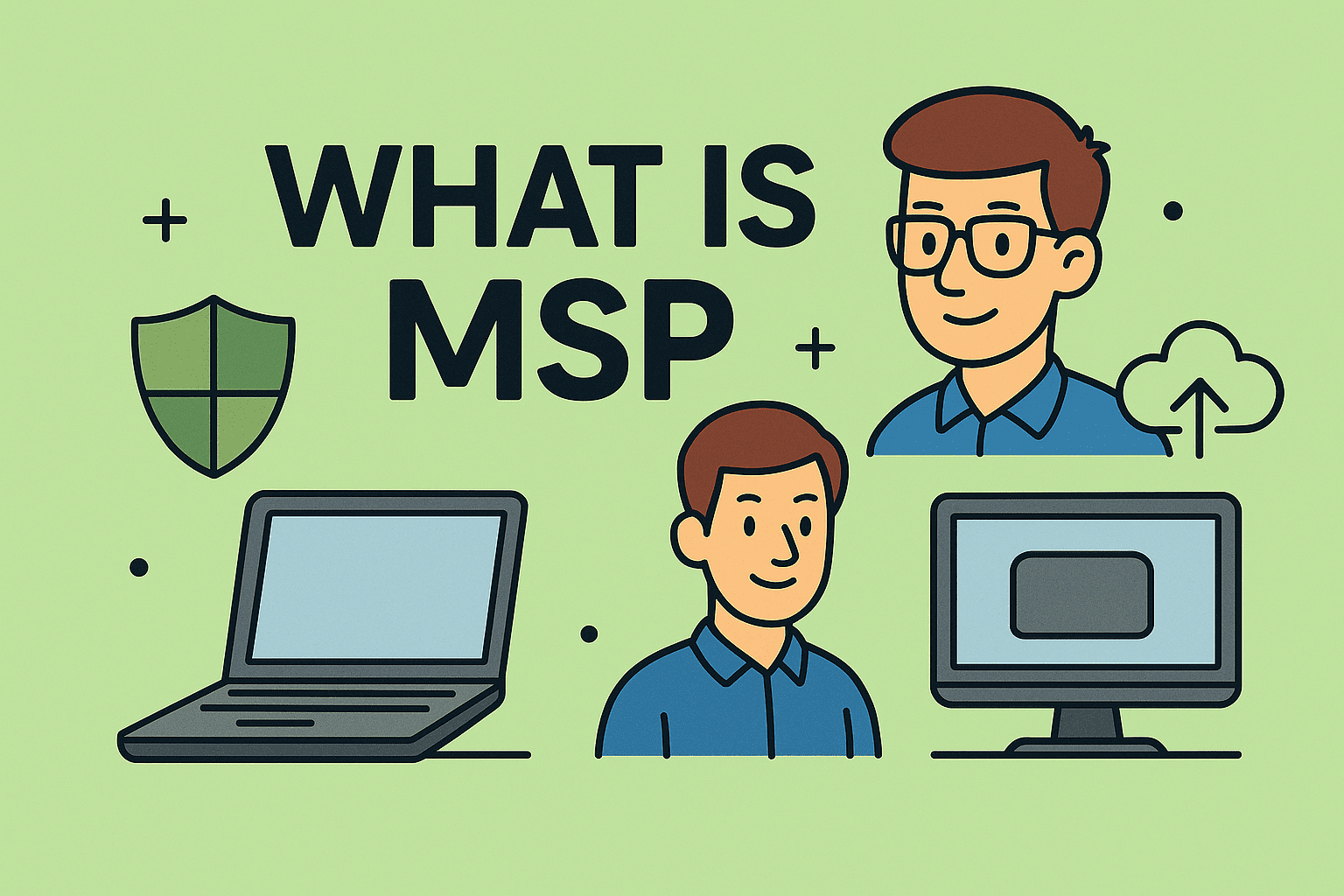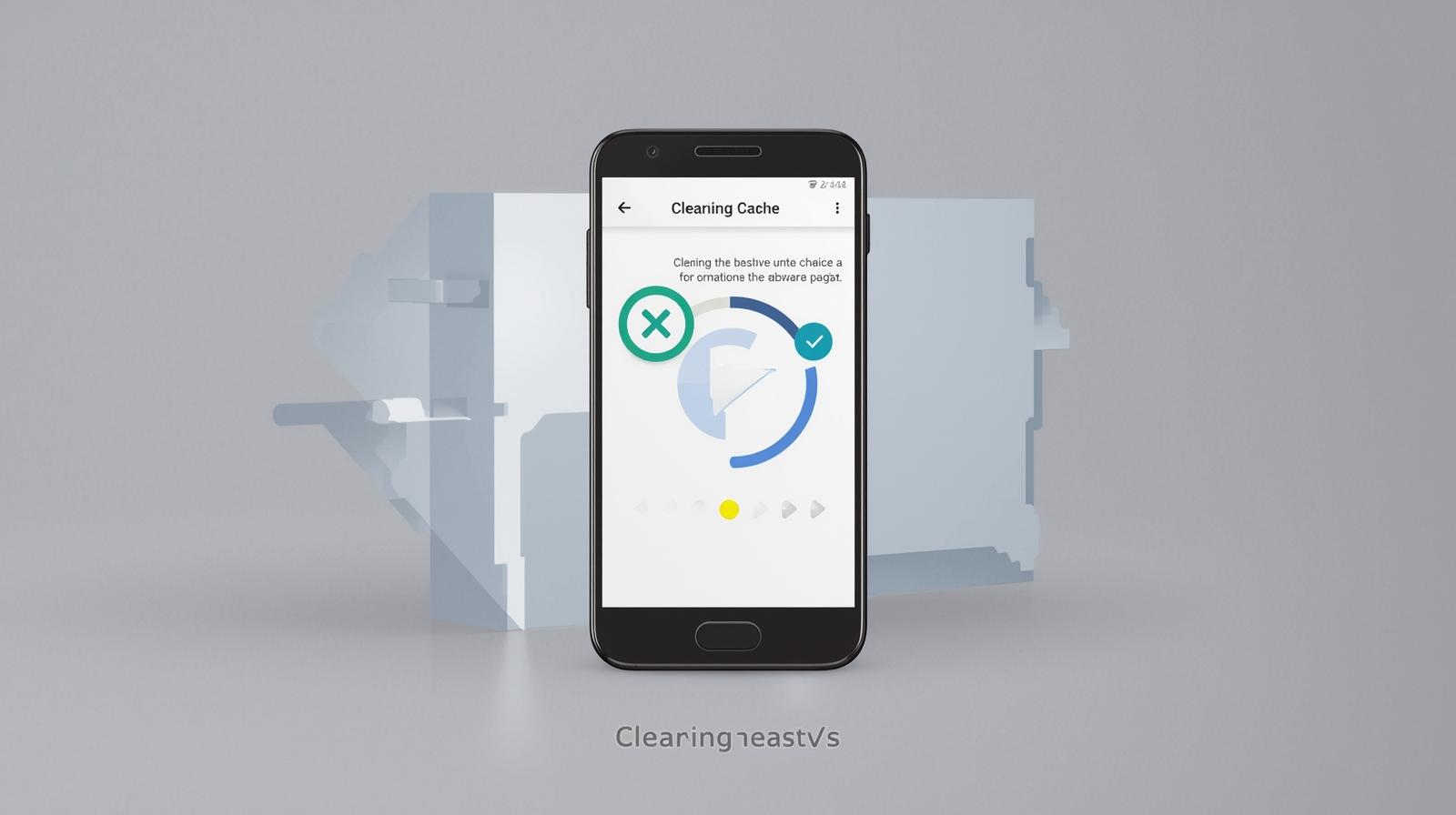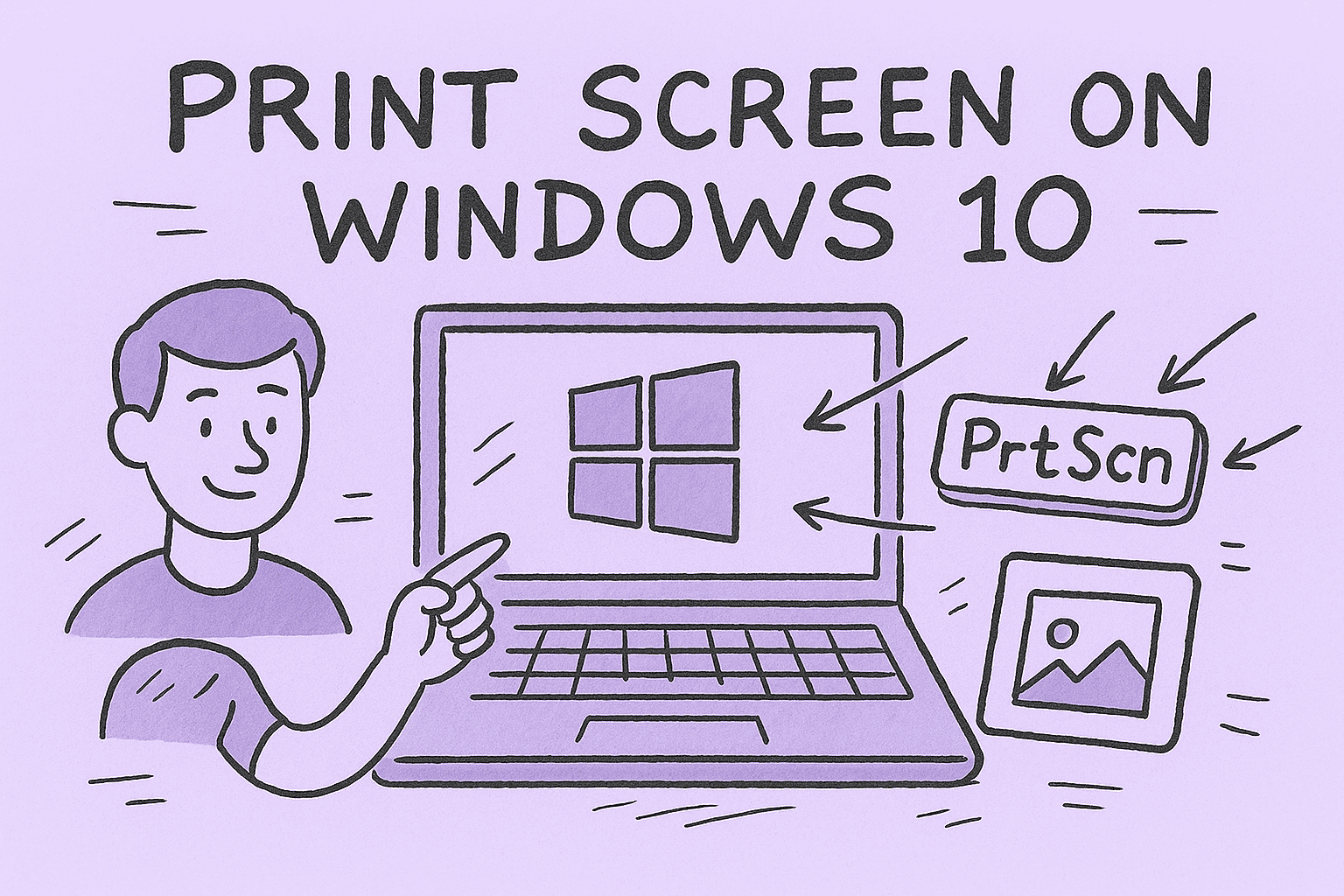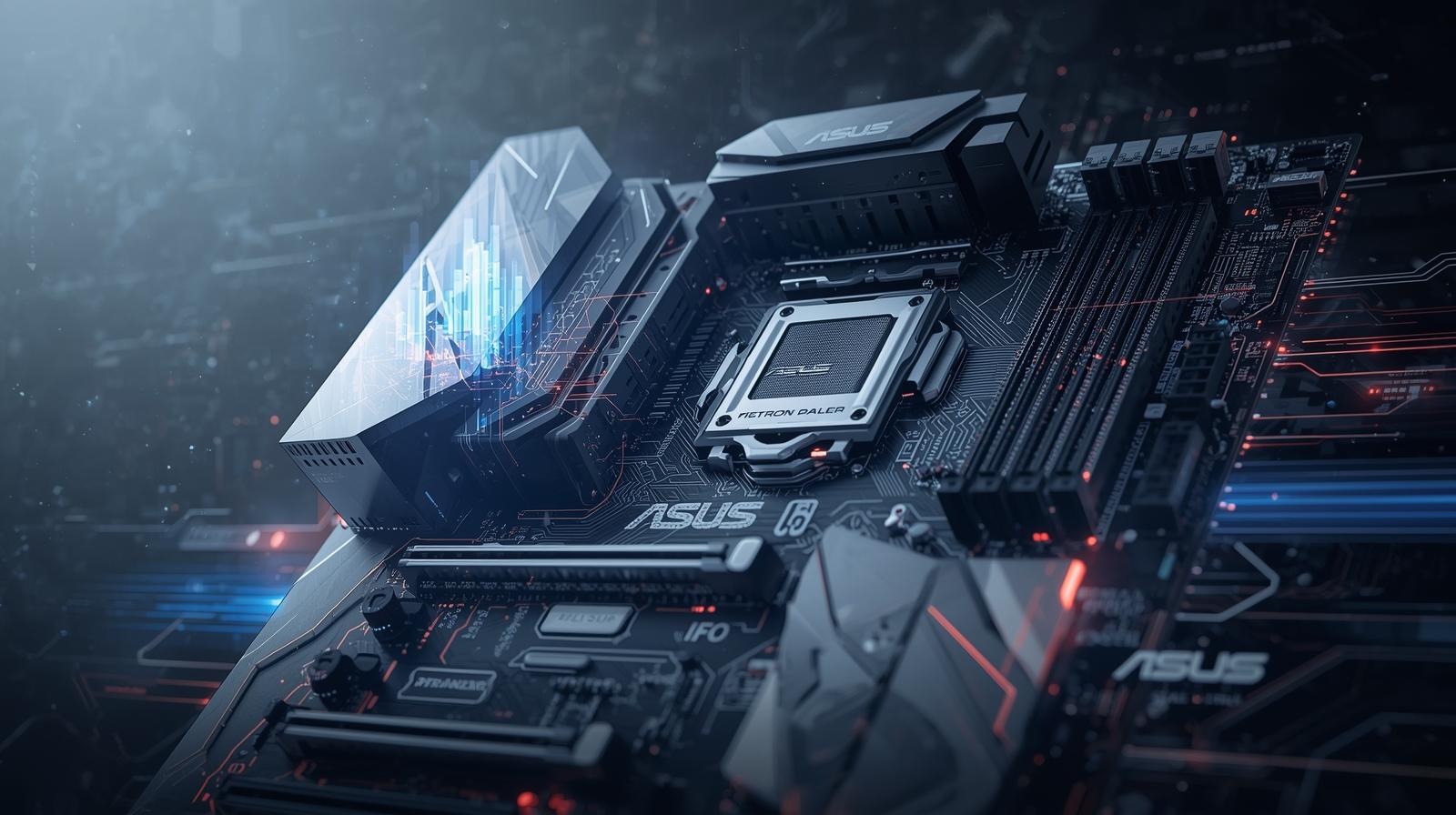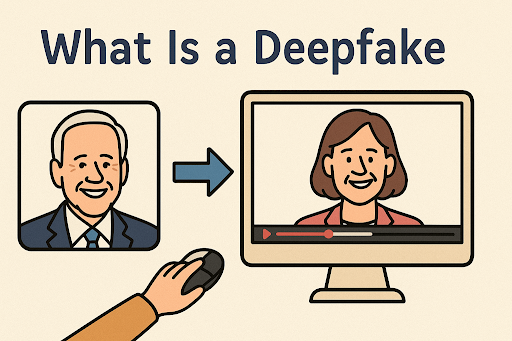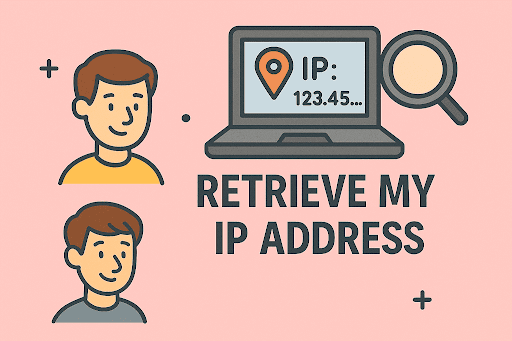Disable Hardware Acceleration in Chrome: Step-by-Step Guide
Updated on August 13, 2025, by ITarian
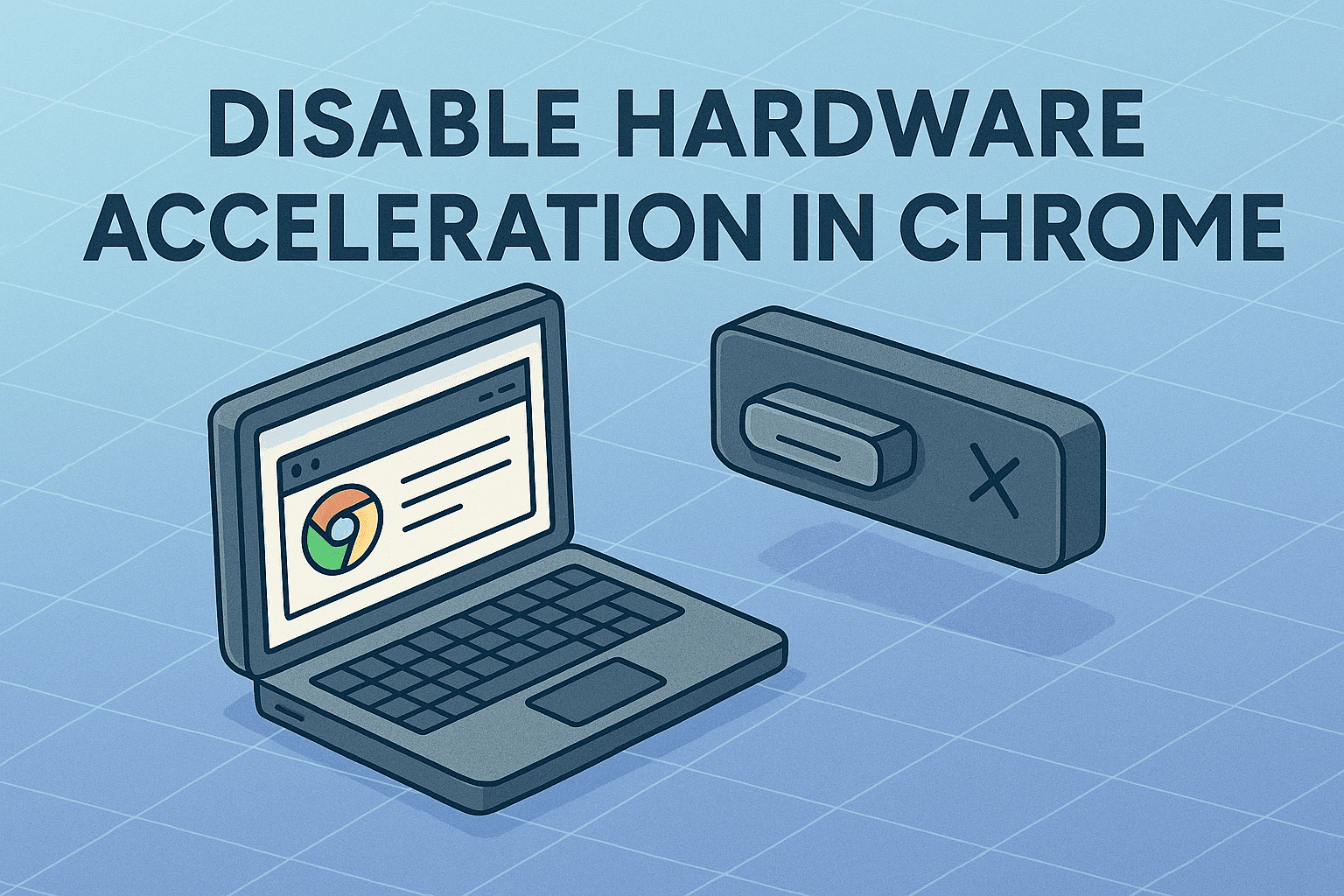
Have you ever noticed Chrome freezing, glitching, or lagging while watching videos or opening multiple tabs? These issues often trace back to a feature called hardware acceleration. If you’re facing these performance problems, it’s time to learn how to disable hardware acceleration in Chrome—a quick fix that can make a world of difference.
Whether you’re an IT admin managing enterprise devices, a cybersecurity expert monitoring browser behaviors, or a business leader optimizing productivity tools, understanding this Chrome setting is vital.
What Is Hardware Acceleration in Chrome?
Hardware acceleration is a feature that offloads certain computing tasks (like graphics rendering or video playback) from the CPU to specialized hardware like the GPU. It sounds great—and often it is. But when there’s a mismatch between the hardware and software (like outdated drivers or extensions), it can cause:
- Screen tearing or flickering
- Unresponsive tabs
- Crashing browser windows
- High CPU/GPU usage
This is especially problematic in large-scale deployments where performance consistency matters.
When Should You Disable Hardware Acceleration?
Disabling hardware acceleration is useful when:
- Videos stutter or lag in full-screen mode
- Chrome becomes unresponsive when switching tabs
- Extensions like screen recorders or VPNs crash
- You’re working with remote desktop sessions or virtual machines
- Testing browser behavior under software-only rendering
Cybersecurity and IT professionals may also disable it when troubleshooting compatibility or performance issues in enterprise environments.
How to Disable Hardware Acceleration in Chrome (Windows, macOS, Linux)
Step-by-Step Instructions
Follow these steps for any platform:
- Open Chrome Browser
Launch Google Chrome on your desktop. - Go to Settings
Click the three-dot menu (⋮) in the top-right corner and select Settings. - Expand Advanced Settings
Scroll to the bottom and click Advanced to reveal additional settings. - Find System Section
Under the System section, look for:
“Use hardware acceleration when available”
- Toggle the Switch Off
Turn it off (the switch should become gray). - Restart Chrome
Click Relaunch for the change to take effect.
Once restarted, Chrome will rely entirely on your CPU for rendering tasks.
How to Verify If Hardware Acceleration Is Disabled
You can confirm the setting by visiting Chrome’s internal diagnostics page:
- Open a new tab.
- Go to: chrome://gpu
- Look for “Graphics Feature Status”
If most or all features show “Software only,” hardware acceleration is disabled.
Potential Benefits of Disabling Hardware Acceleration
- Increased browser stability
- Improved compatibility with virtual environments
- Better performance for remote desktop tools
- Lower GPU usage on older systems
- Fewer crashes with graphics-heavy websites
For users who rely on browser extensions like screen capture, developer tools, or browser-based terminals, this tweak can eliminate unexpected bugs.
Risks and Trade-Offs
While disabling hardware acceleration may resolve certain issues, it can lead to:
- Lower video playback performance
- Slower animations or scrolling
- Higher CPU usage on older machines
- Choppy graphics in web-based games or apps
Always test after disabling to confirm the change actually improves performance.
How to Re-Enable Hardware Acceleration
If things worsen or you’d like to restore default settings:
- Go to chrome://settings/system
- Toggle Use hardware acceleration when available to ON
- Click Relaunch
This returns Chrome to its GPU-accelerated mode.
Chrome Flags for Advanced Control
Tech-savvy users or IT admins can also experiment with Chrome flags. Navigate to:
arduino
CopyEdit
chrome://flags
Search for:
- GPU rasterization
- Accelerated video decode
- Override software rendering list
These flags allow even more granular control over how Chrome uses hardware.
Note: Use flags with caution—they’re experimental and may affect browser stability.
Why It Matters for Cybersecurity and IT Pros
Browser performance isn’t just about user experience—it’s about security and reliability. Faulty rendering engines or frozen tabs can:
- Interfere with browser-based monitoring dashboards
- Affect remote investigations or real-time threat intel platforms
- Introduce surface-level vulnerabilities if extensions crash frequently
In enterprise networks, consistency in browser behavior helps reduce incident response time and ensures tools like SIEM dashboards, firewalls, and endpoint managers remain fully functional.
Use Cases for Disabling Hardware Acceleration in Enterprise Environments
| Scenario | Why Disable Hardware Acceleration? |
| Virtual Machines | Avoid performance lag in Chrome under Hyper-V or VMware |
| Remote Desktop Sessions | Prevent graphic stuttering and window freeze |
| Low-Spec Devices | Reduce unnecessary GPU usage |
| Browser Automation | Ensure consistent headless behavior |
| Web-based Admin Tools | Avoid layout glitches or page loading errors |
Bonus: Group Policy Management for Chrome
For IT administrators managing fleets of devices, hardware acceleration settings can be configured via Group Policy.
Windows Group Policy Template (ADM/ADMX)
- Download the Chrome Enterprise Bundle.
- Add the policy template to your Group Policy Editor.
- Navigate to:
pgsql
CopyEdit
Computer Configuration > Administrative Templates > Google > Google Chrome > System
- Set “Use hardware acceleration when available” to Disabled.
This ensures all managed endpoints run Chrome without hardware acceleration, reducing support overhead.
Frequently Asked Questions (FAQ)
1. Will disabling hardware acceleration affect all browsers?
No. It only affects Chrome. If you use Firefox or Edge, you’ll need to disable it separately in their settings.
2. Can hardware acceleration cause Chrome to crash?
Yes, especially on systems with outdated drivers or incompatible hardware. Disabling it often resolves freezing, lag, or display issues.
3. Is it safe to turn off hardware acceleration?
Yes. It’s safe and reversible. Just monitor performance afterward—especially with videos and animations.
4. Does disabling hardware acceleration increase CPU usage?
It can. Tasks that would normally be offloaded to the GPU will now be handled by the CPU, possibly increasing usage during high-load sessions.
5. Is hardware acceleration bad for security?
Not directly. But performance bugs and crashes can interfere with security workflows or monitoring tools, which could impact overall effectiveness.
Final Thoughts
Now that you know how to disable hardware acceleration in Chrome, you can take control of your browser’s performance. Whether you’re solving rendering bugs, troubleshooting slowdowns, or optimizing a remote work setup, this simple tweak can help ensure smoother and more stable browsing—especially in business and IT environments.
Optimize browser stability and boost performance across your organization.
Start managing devices smarter with Itarian’s free endpoint management platform today.

